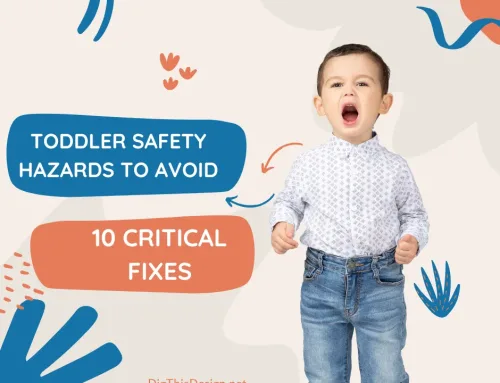Safety is of the essence when executing construction projects—a small mishap and you could lose a life. Different health and safety regulatory bodies have developed safety practices that those on construction sites must adhere to in order to ensure no accidents or injuries would happen.
Today, it’s said that most homeowners are adopting small construction projects as DIY, thanks to digitization. Online sources can guide you on how to execute a project from start to finish. DIY adoption has risen, with most homeowners looking to reduce costs and as a way of passing time.
However, DIY has seen the rise of accidents at home, some major, with others minor. Now, there are barely any laws or guidelines depicting how you should do your DIY. However, this doesn’t mean you should throw precautions out of the window as you DIY your projects. It’d help to adopt some of the safety guidelines used on construction sites to ensure safety as you independently execute your projects.
What are the job safety tips you can apply to your DIY projects? Follow on with the article to get the insight.
Job Site Safety for Your DIY Projects
1. Always Use Climbing Equipment
When executing a project, you carry out many activities, some requiring strain and others don’t. Should you be executing works in a hard-to-reach area, especially when the area is quite high, you must use climbing equipment.
In construction sites, scaffolding and a harness are the right tools for accessing high heights. Scaffolding provides platforms at different heights that you can step on to execute a given task. Without the scaffold, you’ll likely lose your grip or slide against something and end up free falling to the ground. However, should you fall, the harness will hold you, so you’ll likely hang in the air.
Ensure you use a ladder if your DIY project is on your ceiling, roof, or a hard-to-reach area due to your height. It’s good practice to ensure the ladder is made of a strong material like steel to prevent possible buckling as you work.
All joints should be tightly fixated to prevent the ladder from coming apart as you’re at ceiling height. You should also place your ladder against a strong surface and have an anti-slip feature. With this, the ladder is less likely to slide across your floor and cause you to fall. Also, invest in a harness that suits your body size. You can find a suitable harness and sling company to source the harness.
2. Always Wear PPEs
PPEs refer to personal protection equipment, and they work to ensure you don’t get injured in case of a fall or an accident. On site, the mandatory PPEs are helmets, visibility jackets, and safety shoes. Some PPEs are optional, depending on the task you’re executing, such as gloves.
You’re more likely to get into accidents at home until you get used to the job at hand and handling projects independently. It’s advisable to invest in elbow and knee guards. The guards will prevent you from breaking your bones or damaging them. Suppose you’re installing flooring. Prolonged kneeling could lead to a tear in your tissues, leading to future knee issues. The other PPE to adopt is a helmet. You don’t have to be in a helmet throughout; wear one when on raised grounds. Should you fall, you won’t injure your head.
Eyewear is also an absolute must. You’ll likely do a lot of hammering and saw cutting. You don’t want flying pieces to get into your eyes, causing injuries and possible blindness.
3. Invest In A First Aid Kit
There’s an adage that says to always hope for the best but expect the worst. This saying applies in this concept to emphasize that you must acknowledge that accidents will likely happen, even after adopting all precautionary measures. One sure way of acknowledging this is familiarizing yourself with first aid on common injuries and investing in a first aid kit.
Most construction sites hold first aid training sessions each morning or every few days to equip workers with first aid skills. This is because most accidents happen in the absence of the contractor and the presence of workers. Therefore, workers should be the first team to train in first aid. In addition, most regulatory bodies require the existence of a fully functional first aid kit on site, as well as safety personnel.
In your DIY projects, you’re the safety personnel. Secondly, make a point of learning basic first aid such as dealing with cuts, burns, excessive bleeding, broken limbs, etc. This is information you can find online or buy a book on first aid. Lastly, buy a first aid kit with all the necessary equipment. Consider adding more quantities to items such as bandages, surgical blades, and antiseptics. You don’t want to run out of these things after an accident or injury.
Conclusion
Ensuring safety as you undertake your construction projects isn’t daunting. This article is equipped with simple but effective practices you can adopt to ensure you prevent accidents and injuries. Consider adopting this guide; you’ll undertake all your DIY without worrying about getting injured.
Other Posts You Might Enjoy:
Essential Tools for Your Home DIY Projects
DIY Projects VS. Professional for Home Improvement





